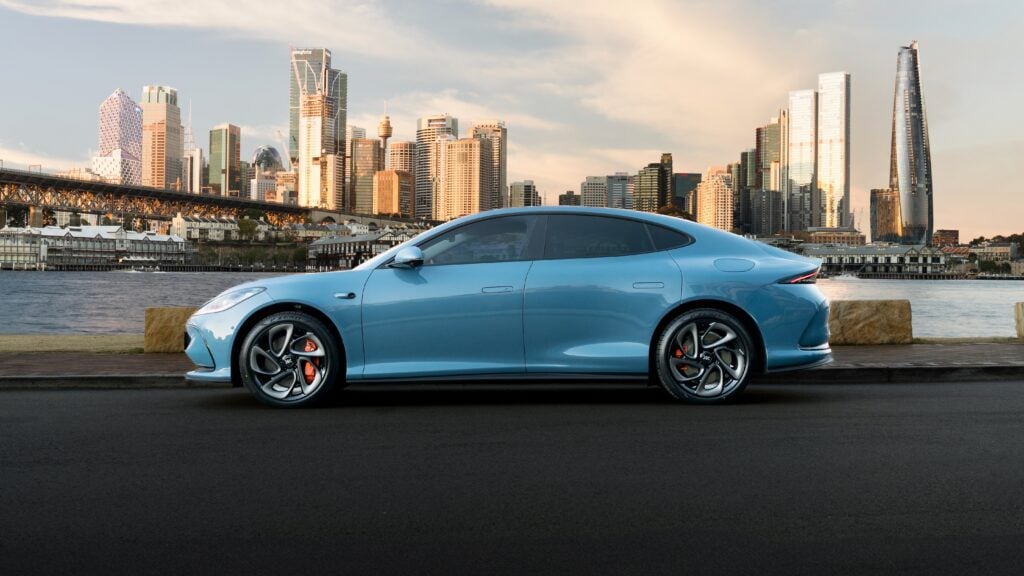
THE days of ever increasing vehicle emissions crackdowns are upon us, and car makers are pulling every trick out of the book that they can to make their products cleaner, and greener.
One of the technologies that is becoming more widespread are stop-start systems, also known as idle-stop systems. They cut the engine when the car is not moving, saving fuel that would otherwise be wasted while the car is idling.
These systems are designed to recognise when the driver lifts a foot off the brake, and restart the engine before the driver’s foot presses on the accelerator.

However, while they bring benefits, idle-stop systems are not without their drawbacks.
One of the most obvious differences is that if a car engine is stopping and starting all the time, you’ll need a more energy-soaked 12-volt battery. And that means a bigger, more sophisticated battery, which in turn weighs more. For vehicles such as large SUVs car batteries already weigh up to about 20 kilograms, or about the equivalent of a five-year-old child – and idle-stop systems need a similar amount of performance.
Unlike fashion, where the less it covers the more it costs, battery cost seems to go hand in hand with performance.
| Top Five: Most Fuel Efficient Cars on sale in Australia
The big no-no for car batteries is running them at less-than-optimal voltages. If you live a short way from work, and stop frequently, the car may not be getting sufficient time to recharge the energy it has lost from the idle-stop system. This could dramatically shorten the battery’s life – normally you’d expect to get about four years out of one before needing a replacement. You’ll notice the battery is on the way out in cold-weather starting, where the battery becomes less efficient at releasing its electricity. Some early idle-stop systems were quite hard on batteries, but these days the car makers seem to have that problem sorted.
Not all idle-stop systems are created equally, either. Some systems are sluggish, requiring a degree of anticipation if you’re crossing a busy intersection or making a sprint away from the traffic lights. Yet others are so sharply honed and controllable – some cars will only activate the stop-start system if the driver’s foot is firmly on the brake pedal; light pressure will keep the engine running – that you’d almost never notice them working. Others will rumble into life if you give a small tug on the steering wheel.
Then there’s the fuel savings. An average 2.0-litre engine in a passenger car will burn about 600mL of fuel – the equivalent of a Big M – an hour while it is idling. A larger six-cylinder engine will use about 1.5 litres an hour. Assuming you’re facing five minutes of complete-stop congestion a day over your 40km round commute, back-of-the-envelope calculations show you’re officially only saving 5mL of fuel a day in your small, fuel-efficient car, or about 12 litres a year. It’s a more meaningful 30-odd litres of savings for the bigger engine.

It’s not that good, either, if you’re in slow-moving traffic such as on a freeway, where there’s little to no chance of coming to a complete stop.
Why have an idle-stop system, then? The biggest benefit is for the car makers, who need to meet strict emissions targets overseas or sell their products in markets where owners are charged registration fees depending on how much pollution their car emits.
Government fuel tests have standard driving cycles that all new cars have to use as a benchmark, and which includes simulated urban (slow with lots of stops and fast acceleration) and rural (loping along) stages. It’s how their cars behave on this cycle that determines how much fuel they officially use. In Australia, the test takes about 20 minutes. More than six minutes of that test simulates when the car is stopped in traffic, so any fuel saved here can make a significant difference to how much fuel it officially uses.
That’s not to say idle-stop technology is the wrong thing. Anything that saves motorists from having to reach again into their purse or hip pocket – even if it is only the equivalent of half a tank a year – is a help.
Of course, if you don’t like it, there’s always that switch to turn it off.



